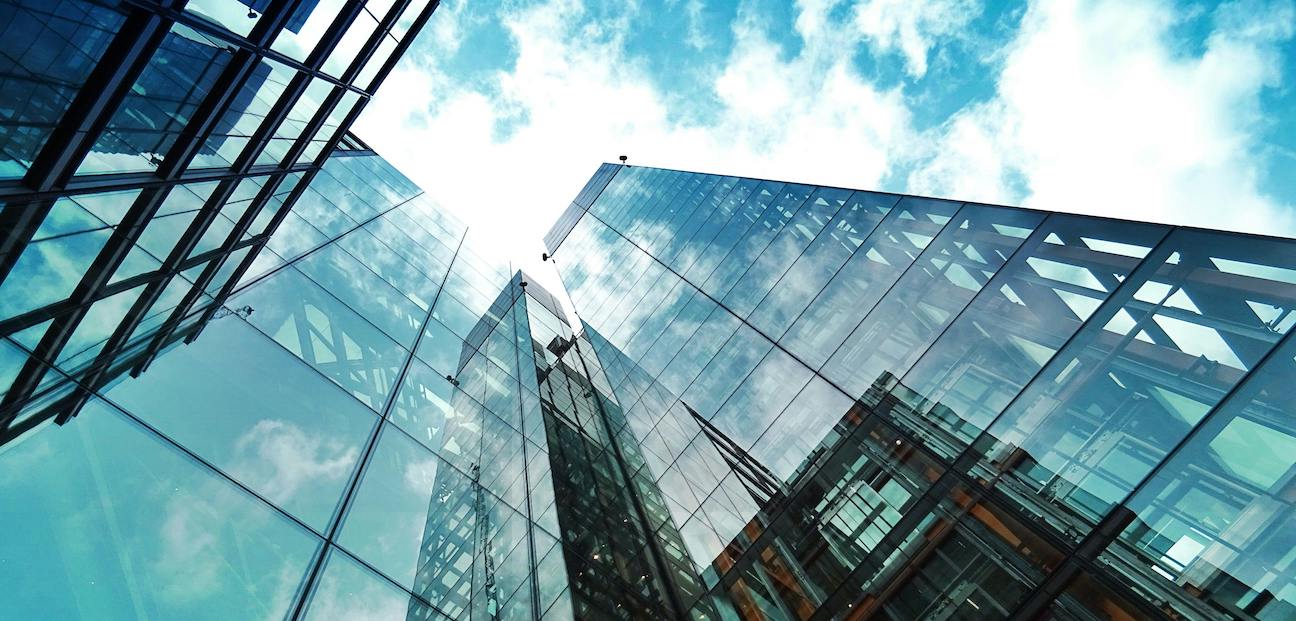An outdated office can negatively impact employee morale, productivity, and even the impression you give to clients. Modernizing an old office space not only enhances its aesthetic appeal but also improves functionality, comfort, and efficiency. Whether you're updating a small workspace or a large corporate office, here are some key strategies to modernize an old office.
1. Start with a Fresh Color Palette
One of the easiest and most effective ways to modernize an office is by updating the color scheme. Replace outdated, dull colors with fresh, modern tones. Neutral shades like whites, grays, and beiges create a clean, sophisticated look, while bold accent colors such as blues, greens, or even a pop of red can add energy and personality. Consider using a cohesive color scheme throughout the office to create a unified and contemporary feel.
2. Update Office Furniture
Old, worn-out furniture can make an office look dated and uninviting. Investing in new, modern furniture can instantly transform the space. Opt for sleek, ergonomic chairs, stylish desks with clean lines, and modular furniture that can be easily reconfigured. Consider incorporating standing desks or adjustable-height desks to promote a healthier work environment. Modern furniture not only looks better but also provides better support and functionality for employees.
3. Incorporate Modern Technology
Integrating the latest technology is essential for a modern office. Upgrade your office equipment, such as computers, monitors, and telecommunication systems, to the latest models. Consider implementing smart office solutions like automated lighting, climate control, and wireless charging stations. Additionally, ensure that your office has a reliable, high-speed internet connection to support efficient work processes.
4. Enhance Lighting
Proper lighting is crucial in creating a modern and comfortable office environment. Replace outdated fluorescent lighting with energy-efficient LED lights, which offer better brightness and a range of color temperatures. Incorporate task lighting at workstations and adjustable lighting in common areas. Natural light is also a key element in modern offices, so consider adding larger windows, skylights, or even glass partitions to let in more daylight.
5. Embrace Open and Flexible Layouts
Modern offices often feature open and flexible layouts that encourage collaboration and communication. If your office space is divided into small, enclosed rooms, consider removing some walls or partitions to create an open-plan layout. Use modular furniture and movable partitions to create adaptable spaces that can be easily reconfigured for different purposes, such as team meetings or individual work.
6. Incorporate Natural Elements
Bringing natural elements into the office can create a more inviting and calming environment. Consider adding indoor plants, natural wood finishes, or stone accents to the decor. Living walls, also known as green walls, can make a bold statement and improve air quality. Incorporating natural materials and elements can help create a connection to the outdoors and promote a sense of well-being among employees.
7. Upgrade Office Amenities
Modern offices often include amenities that enhance the overall work experience and support employee well-being. Consider adding or upgrading break rooms, kitchen areas, and recreational spaces. Comfortable lounge areas, coffee stations, and wellness rooms for relaxation or meditation can help create a more pleasant and supportive work environment.
8. Implement Modern Office Design Trends
Stay up-to-date with the latest office design trends to ensure your modernization efforts are in line with current styles. Popular trends include biophilic design (integrating nature into the workspace), minimalist design (focusing on simplicity and functionality), and the use of sustainable materials. Incorporating these trends can help create a contemporary and appealing office space.
9. Revamp Branding and Signage
A modern office should reflect the company's brand identity. Update your branding elements, such as logos, signage, and artwork, to align with your current brand image. Use modern fonts, colors, and graphics that reflect your company’s values and culture. This not only enhances the overall look of the office but also reinforces your brand to employees and visitors.
10. Consider Acoustic Solutions
In open-plan offices, noise can be a major issue. Modernize your office by addressing acoustics with sound-absorbing materials, such as acoustic panels, carpets, and ceiling tiles. Consider creating designated quiet zones or private rooms where employees can focus without distractions. Improved acoustics can significantly enhance the comfort and productivity of the workspace.
Conclusion
Modernizing an old office is an investment in creating a more attractive, functional, and efficient workspace. By updating the color palette, furniture, technology, lighting, and layout, you can transform an outdated office into a modern, dynamic environment. Incorporating natural elements, modern amenities, and up-to-date branding can further enhance the space, making it more inviting for both employees and clients. Whether you're making small updates or undertaking a complete renovation, these strategies can help you create an office that meets the demands of today’s work culture and supports the success of your business.







